1. What is ARA290?
ARA290 is a synthetic peptide derived from erythropoietin (EPO), designed to retain tissue-protective properties without stimulating red blood cell production. It acts primarily on the innate repair receptor (IRR), offering anti-inflammatory, cytoprotective, and neuroprotective effects. ARA290 has been studied for its potential in treating neuropathic pain, sarcoidosis, and other inflammatory or degenerative conditions.
2. ARA290 Structure
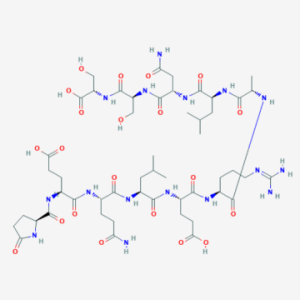
【pictures linking,https://pubchem.ncbi.nlm.nih.gov/compound/Cibinetide%20】
Sequence: ZEQLERALNSS
Molecular Formula: C51H84N16O21
Molecular Weight: 1257.3 g/mol
PubChem CID: 91810664
CAS No: 1208243-50-8
Synonyms: cibinetide,PH-BSP
3. ARA290 Research
ARA-290: Human-Proven Tissue Protection & Metabolic Peptide
ARA-290, also known as Cibinetide, is an 11-amino-acid peptide derived from erythropoietin (EPO). It is engineered to activate the innate repair receptor (IRR)—a complex of EPO receptor subunits—without stimulating red blood cell production. This makes it a safer therapeutic, offering neuroprotection, anti-inflammatory, cardio-metabolic, and tissue-repair benefits in humans .【https://pmc.ncbi.nlm.nih.gov/articles/PMC4365069/】
【1】 Neuropathy Relief & Neuroprotection
ARA-290 has demonstrated clinical efficacy in patients with type 2 diabetes-related neuropathy and sarcoidosis-associated small-fiber neuropathy, significantly reducing pain scores (by ~50%). It also improves nerve function markers, including scan tactile thresholds, suggesting real restoration of nerve health—without causing erythropoiesis or increasing hematocrit levels 【https://pmc.ncbi.nlm.nih.gov/articles/PMC4365069/】.
【2】 Kidney & Tissue Repair in Humans
ARA-290 has been used in human kidney injury scenarios, showing improved renal biomarkers such as serum creatinine and eGFR, along with reduced markers of inflammation (IL-6, TNF-α). It also speeds up wound healing and reduces tissue fibrosis in skin and eye models, indicating broad cytoprotective effects 【https://translational-medicine.biomedcentral.com/articles/10.1186/1479-5876-11-286】.
【3】Cardio-Metabolic Benefits in Humans
ARA-290 has demonstrated reductions in systemic inflammation, improved insulin sensitivity, and potential slowing of atherosclerosis progression, based on Phase 2 human data. It also supports tissue oxygenation and microvascular health, highlighting its potential role in supporting patients with metabolic syndrome, cardiovascular diseases, and renal impairment .
【4】Mechanism & Safety Profile
Receptor specificity: ARA-290 activates the IRR receptor, promoting cellular tissue repair without engaging EPO’s erythropoietic pathway, ensuring no increase in hemoglobin or hematocrit.
Inflammation control: It suppresses pro-inflammatory cytokines such as IL-6 and TNF-α, helping prevent tissue damage and chronic inflammation.
Human safety: Clinical trials report no serious side effects, no anti-peptide antibodies detected, and excellent tolerability in both healthy volunteers and patients with chronic conditions.
Why Choose ARA-290?
ARA-290 offers a unique combination of tissue protection, metabolic support, and anti-inflammatory effects without the risks associated with EPO. It is suitable for researchers and clinicians focused on:
✅ Neuropathy relief and nerve regeneration
✅ Kidney protection and reduced tissue fibrosis
✅ Cardiometabolic improvement in diabetes or hyperlipidemia
✅ Safe human use without hematocrit changes
4. Future ARA290 Research
“ARA 290 appears to be safe in patients with sarcoidosis and to reduce neuropathic symptoms.”
— From “Safety and Efficacy of ARA 290 in Sarcoidosis Patients with Symptoms of Small Fiber Neuropathy” (Mol Med, Nov 2012)
“Cibinetide significantly increased small nerve fiber abundance in the cornea and skin, consistent with a disease modifying effect.”
— From the IOVS study on corneal nerve fiber outcomes
- How Does ARA290 Work?
ARA290, also known as the pyroglutamate Helix B Surface Peptide (pHBSP), is a small synthetic peptide derived from erythropoietin (EPO), but without the erythropoietic (red blood cell–stimulating) effects. Instead, it selectively targets the Innate Repair Receptor (IRR), a receptor complex formed by the EPOR (erythropoietin receptor) and CD131 (β common receptor), which is upregulated in response to tissue injury or inflammation.
Once ARA290 binds to this IRR complex, it initiates anti-inflammatory, anti-apoptotic, and tissue-protective signaling cascades. These cellular signals help reduce inflammation, protect nerve fibers, and promote tissue repair—without increasing the risk of elevated red blood cell counts, thrombosis, or hypertension, which are typically associated with full EPO treatments.
⸻
What Makes Its Mechanism Unique?
Unlike standard anti-inflammatory agents that suppress immune responses broadly, ARA290 works by modulating local tissue responses in a highly targeted and transient manner. It activates repair pathways only in stressed or injured tissues, making it a more precise and potentially safer therapeutic candidate.
Additionally, emerging research suggests ARA290 may:
- Reduce neuropathic pain by protecting small nerve fibers
- Improve microvascular function
- Support tissue recovery in ischemic or inflammatory conditions
This unique mechanism positions ARA290 as a next-generation therapeutic peptide with applications in neuropathy, chronic pain, inflammatory diseases, and more.
ALL ARTICLES AND PRODUCT INFORMATION PROVIDED ON THIS WEBSITE ARE FOR INFORMATONAL AND EDUCATIONAL PURPOSES ONLY.
The products offered on this website are furnished for in-vitro studies only. In-vitro studies(Latin: in glass) are performed outside of the body. These products are not medicines or drugs and have not been approved by the FDA to prevent, treat or cure any medical condition, ailment or disease. Bodily introduction of any kind into humans or animals is strictly forbidden by law.

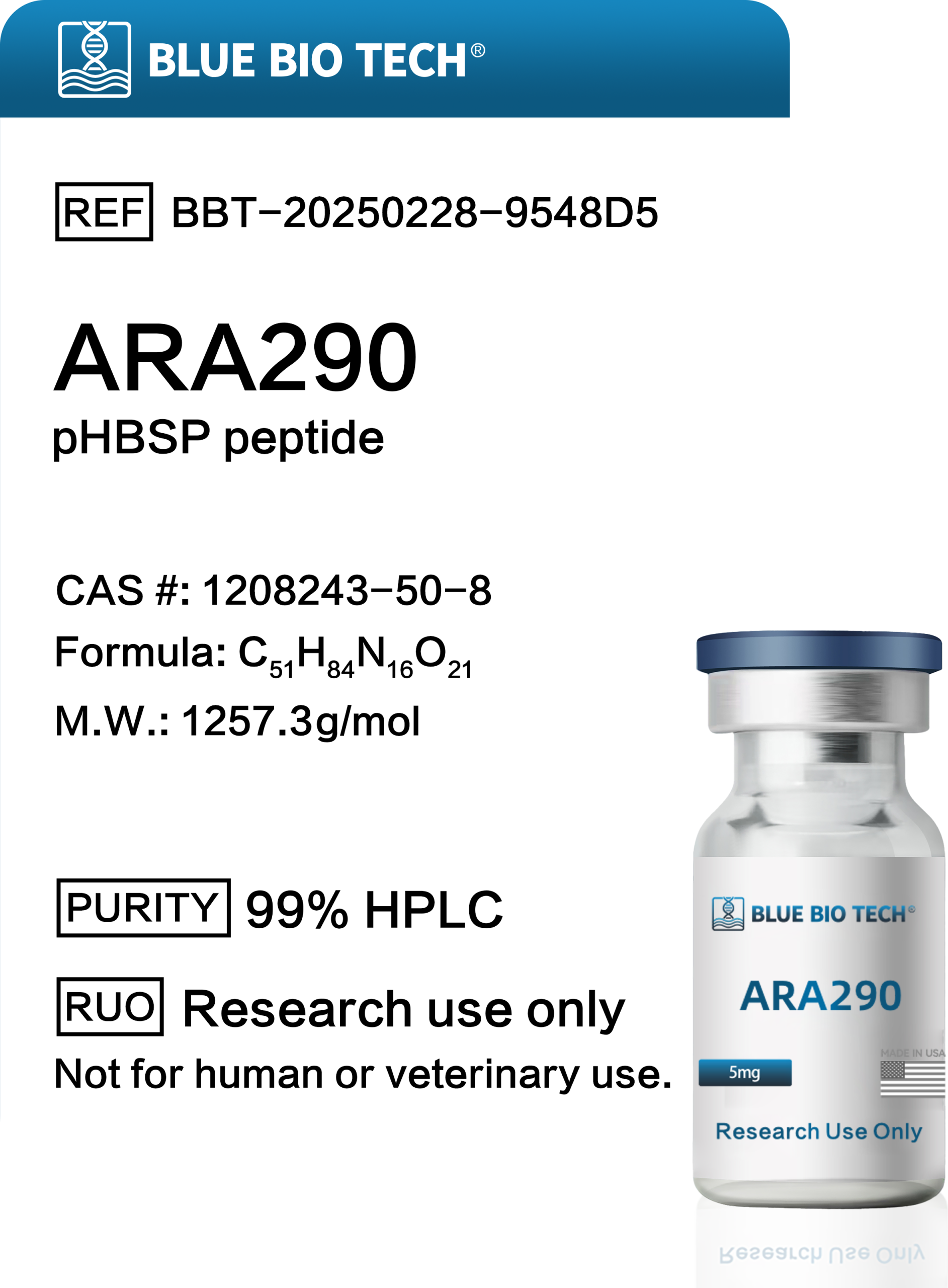
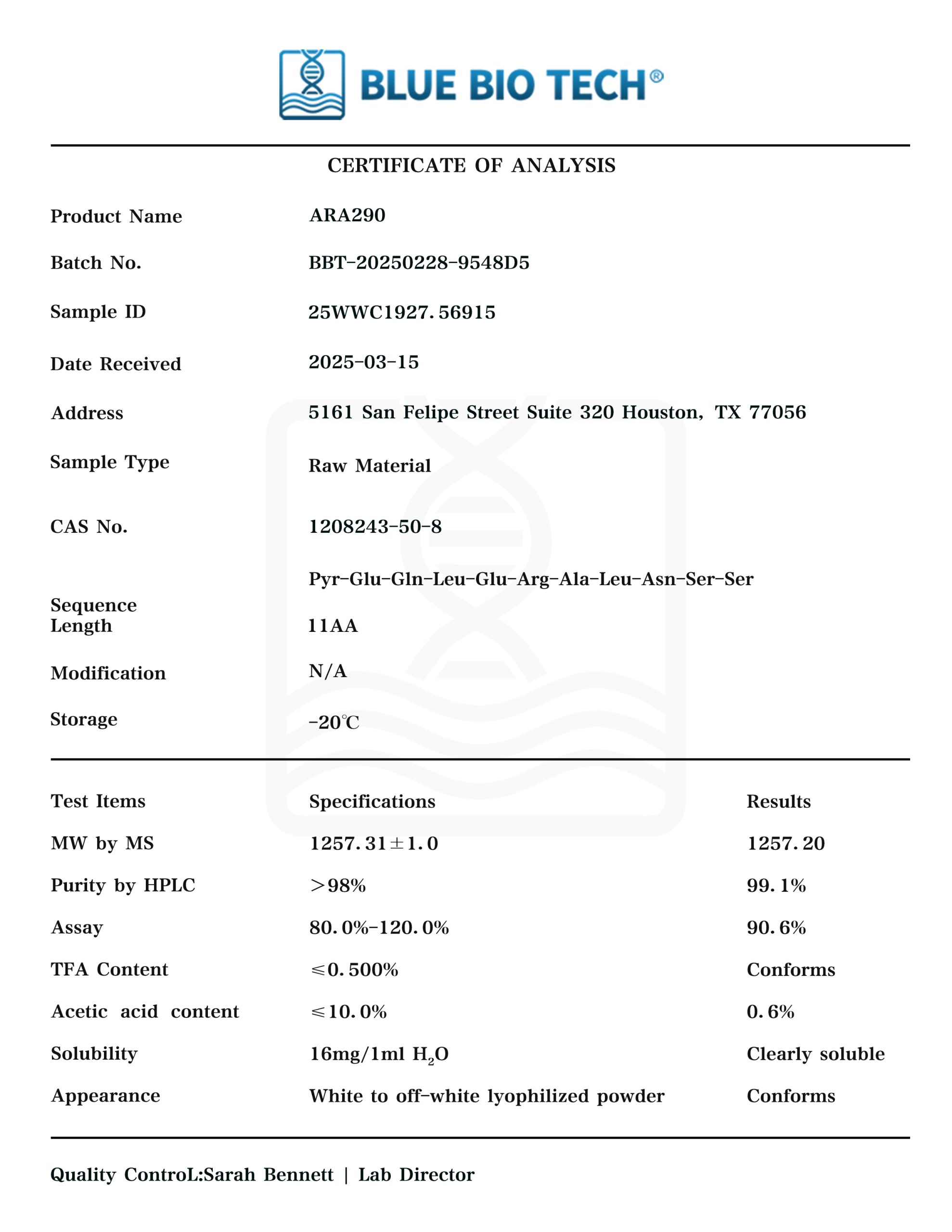

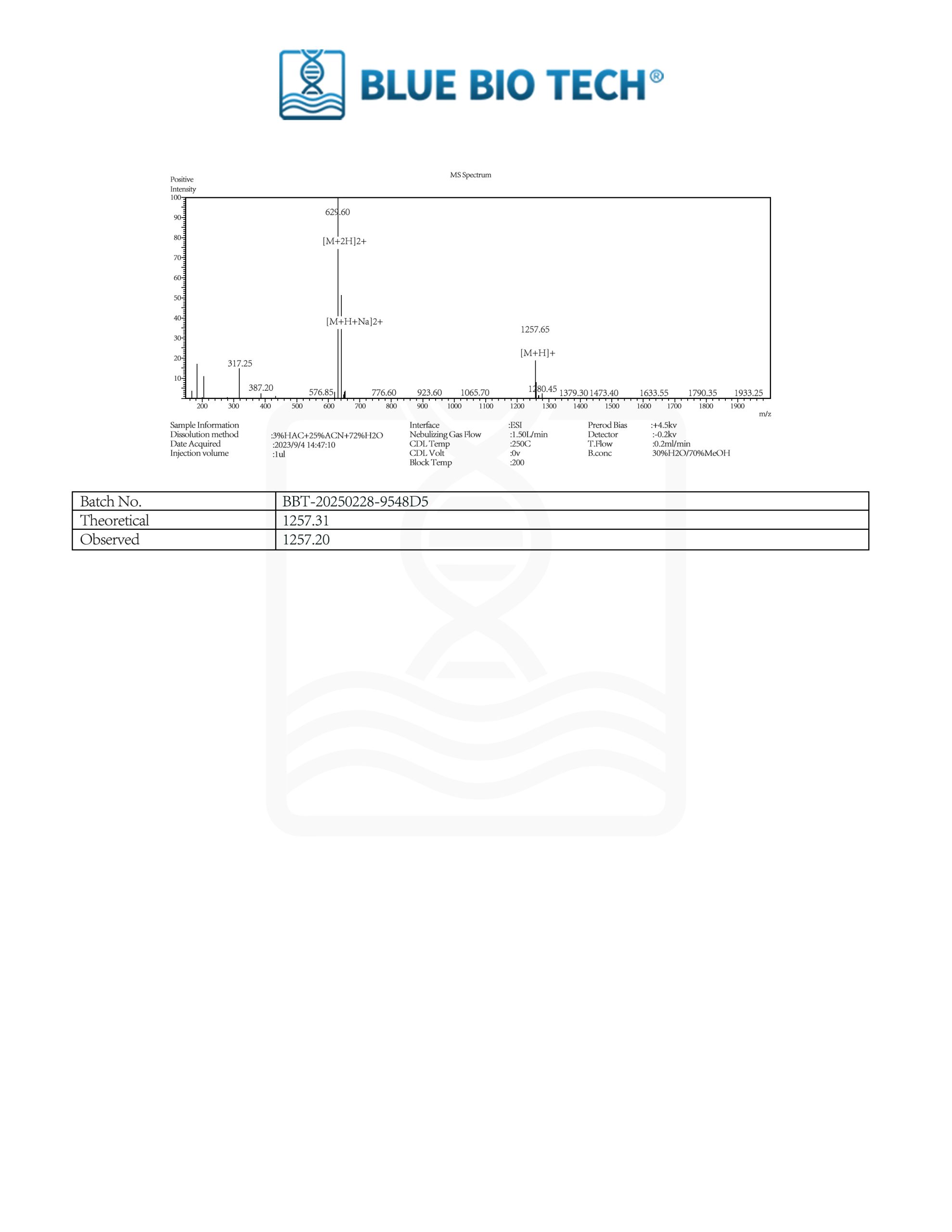
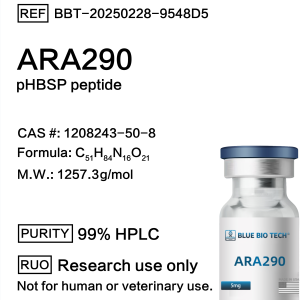
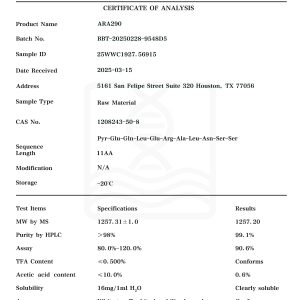
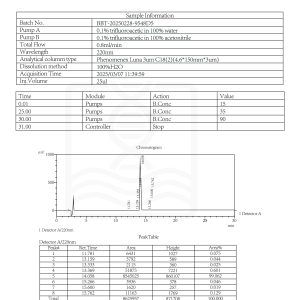
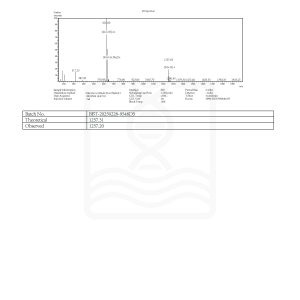
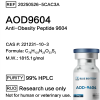
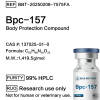

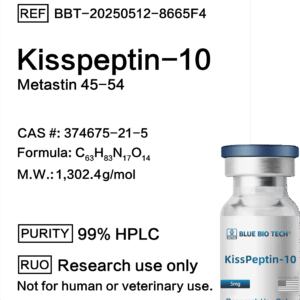
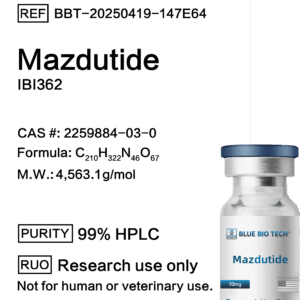
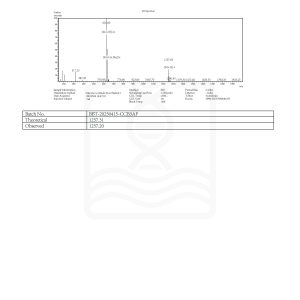

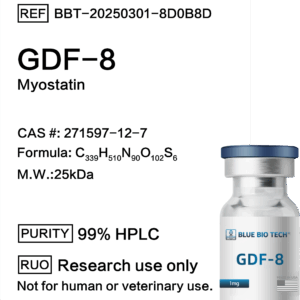
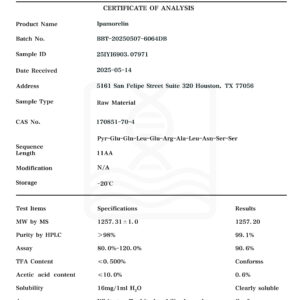
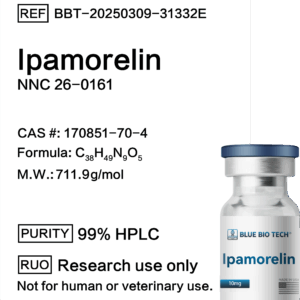
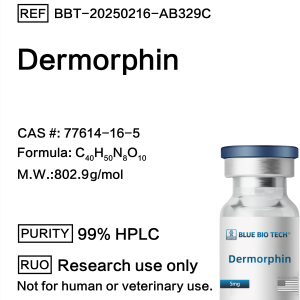
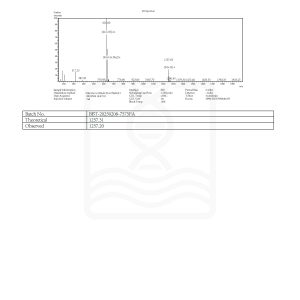
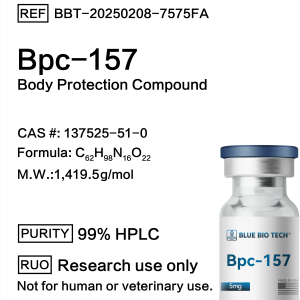
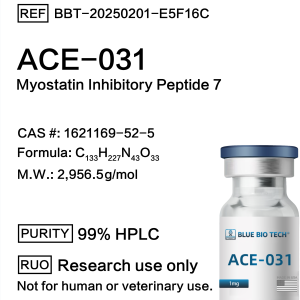

-300x300.png)
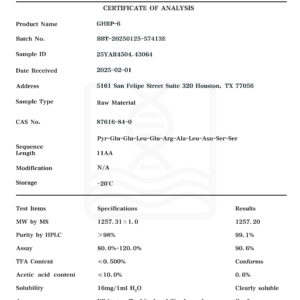
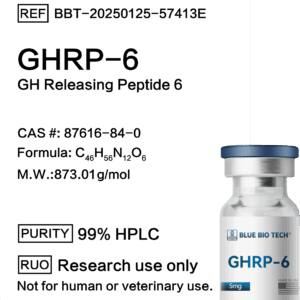

Reviews
There are no reviews yet.